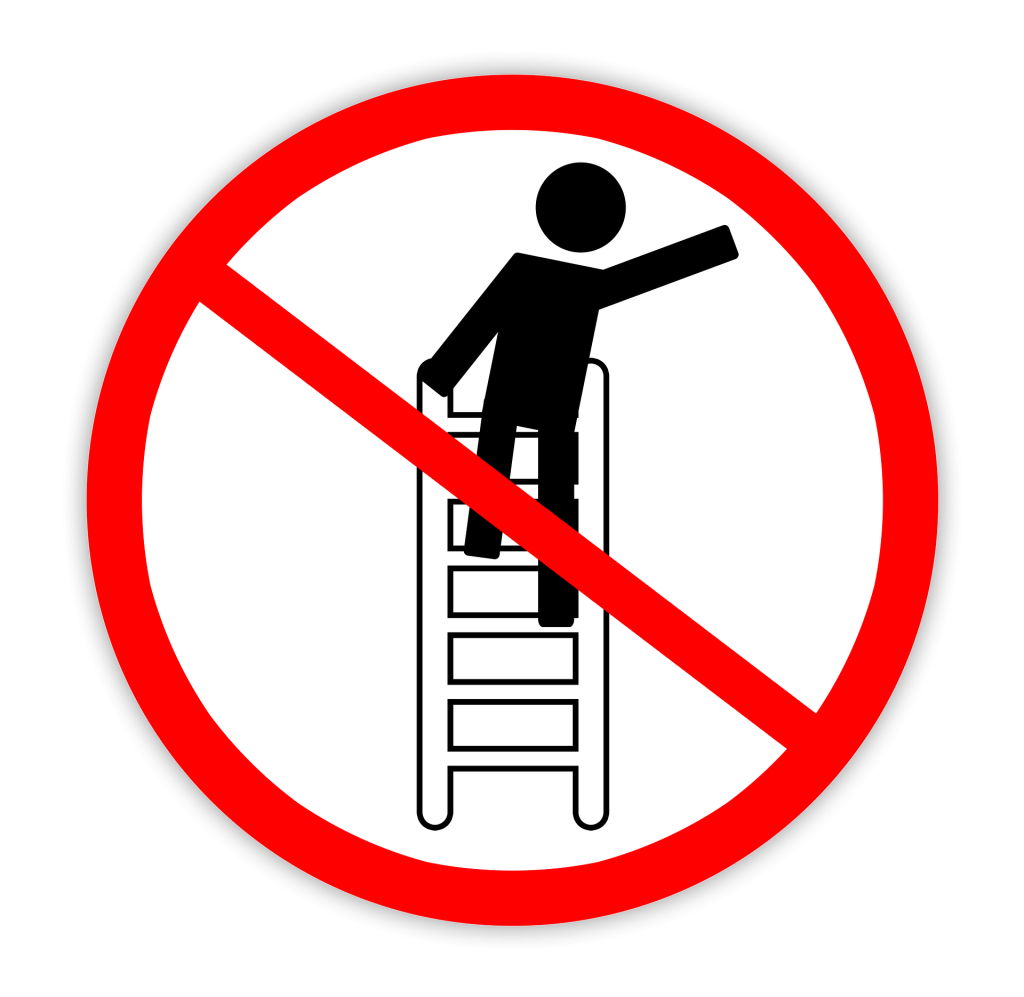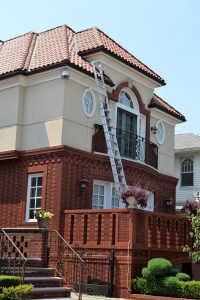National Ladder Safety Month is Here! – Learn How to Use Ladders Safely!
National Ladder Safety Month is the only movement dedicated exclusively to the promotion of ladder safety, at home and at work. According to the World Health Organization, each year, there are more than 164,000 emergency room-treated injuries and 300 deaths in the U.S. that are caused by falls from ladders. Most ladder deaths are from falls of 10 feet or less. In several cases, this the risk of falling from a ladder can be minimized through ladder safety. That is why the American Ladder Institute (ALI) has designated March as National Ladder Safety Month to help raise awareness of the importance of using ladders safely.
Some of the main factors contributing to ladder falls include sudden movement, lack of attention, hurrying, user age or physical condition and the user’s footwear.
To keep you and your workforce secure when using ladders, here are some basic safety tips from Security Specialists:
- Before using a ladder, inspect it to confirm it is in good working condition. Do not use if there are loose or missing parts.
- Do not use in high winds or storms.
- Don’t forget about the duty rating which must be greater than the combined weight of the climber along with any tools or other supplies placed upon the ladder. Length should always be long enough so that the climber does not have to stand on the top rung or step.
- Never place ladders in front of closed doors that can open forward.
- Always place the unit on firm level ground and without any type of slippery condition present at either the base or top support points.
- Wear clean slip-resistant shoes.
- Never have more than one person at a time on a ladder unless it is specifically designed for more than one climber such as a double-front or Trestle model.
- If you feel tired or dizzy, or are prone to losing your balance, stay off.
- Never attempt to move a ladder while standing on it.
- Always keep the center of your belt buckle between the side rails when climbing and while working. Don’t overreach or lean.
- Use towlines, a tool belt, or an assistant to convey materials so that the climber’s hands are free when climbing.











